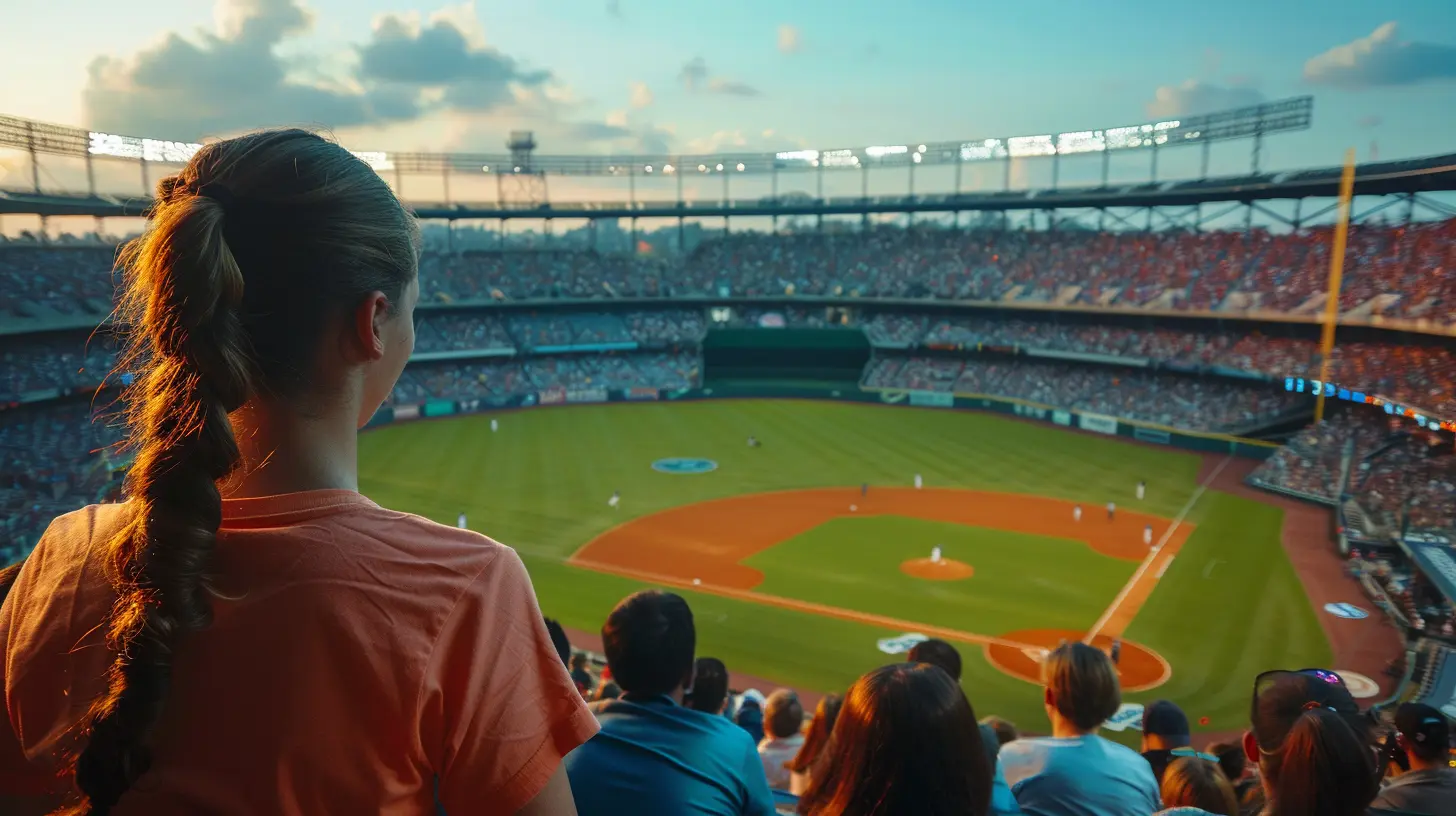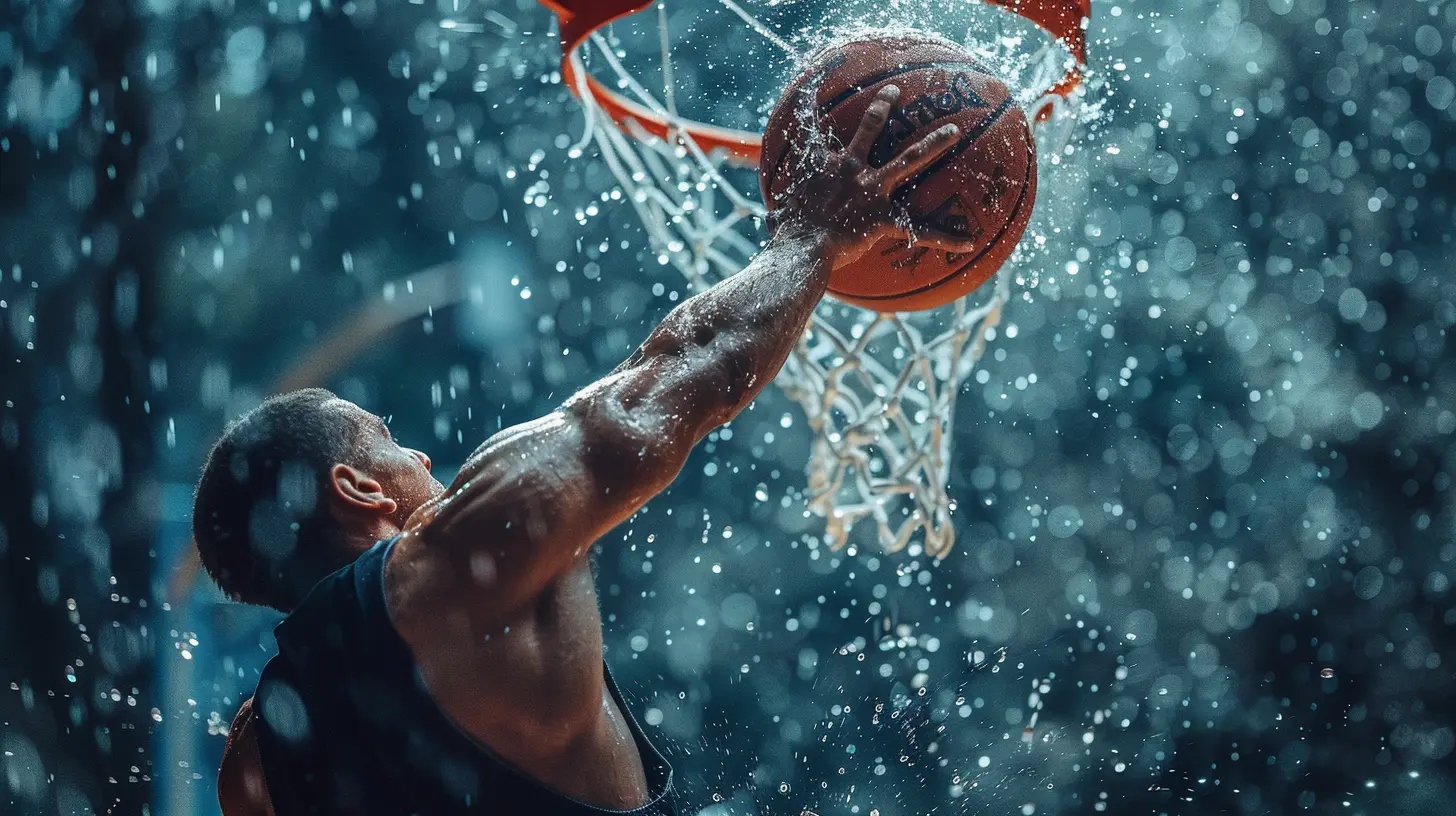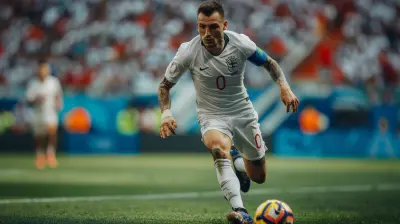How Collective Bargaining Agreements Shape the Future of Sports Contracts
5 June 2025
Let’s talk about something that’s sort of like the referee behind the curtain of every major sports league — Collective Bargaining Agreements, or CBAs for short. They don’t score touchdowns or hit home runs, but wow, do they have a huge influence on who gets paid what, how long a player can stay on a team, and even when the next big trade might go down.
Whether you’re a die-hard fan, a fantasy league guru, or just someone curious about how the sports biz really works, buckle up. We’re diving into how collective bargaining agreements shape the future of sports contracts — and honestly, they’ve got more drama and strategy than most playoff games.
🎯 What Exactly is a Collective Bargaining Agreement?
Alright, let’s keep it simple. A Collective Bargaining Agreement is a big, fancy contract between a league’s owners and the players’ union. Think of it as the ultimate rulebook for how teams and players do business. It covers salaries, free agency rules, trades, player benefits, working conditions — basically, all the nuts and bolts of the player-employer relationship.It’s not just scribbled on a napkin either. These deals are negotiated over months (sometimes years), with intense back-and-forths that could rival a chess match. And once it’s locked in? Everyone in the league — from the rookies to the superstars — plays by those rules.
🧠 Why Are CBAs So Important in Sports?
Picture this. You’re an up-and-coming wide receiver, just signed a contract, and you’re killing it on the field. But suddenly, the league’s rules change mid-season, and now your contract terms are completely different. Sounds chaotic, right?That’s where CBAs step in. They create stability and fairness for both players and team owners. Everyone knows the lay of the land. You can think of a CBA as a peace treaty — it keeps things smooth and prevents ugly disputes (like lockouts or strikes 😬).
Plus, CBAs are crucial in:
- Dictating salary caps and luxury taxes 💰
- Managing free agency rules 🔄
- Setting contract lengths and rookie wage scales 📝
- Providing player insurance and pension plans 🏥
So yeah, CBAs are the unsung heroes keeping your favorite leagues humming along.
🏟️ The Big Leagues All Have One
Every major pro sports league has its own CBA. And while they share a few similarities, each one’s tailored to the unique flow of the game.🏈 NFL (National Football League)
The NFL's CBA is all about structure. It has a hard salary cap (no going above it, no matter what), and rookie contracts are pretty rigid. Players don’t make a ton right away, but if they prove themselves? That second contract can make them millionaires several times over.🏀 NBA (National Basketball Association)
The NBA's got more flexibility — think soft salary cap, max contracts, bird rights — it’s almost like a strategy game in itself. And with superstars wielding power like never before (hello, LeBron!), CBAs have evolved to give both sides a fair shake.⚾ MLB (Major League Baseball)
MLB doesn't have a salary cap at all. Instead, there's a luxury tax to encourage teams not to go overboard with spending. The players' union here is strong, which is why baseball contracts are often fully guaranteed and massive.🏒 NHL (National Hockey League)
The NHL has a hard salary cap like the NFL, but its CBA focuses a lot on revenue sharing to keep smaller-market teams competitive.Each league’s CBA reflects the sport’s culture, money flow, and player influence. Pretty cool, right?
💡 How CBAs Influence Player Contracts
Okay, so how do these massive documents actually affect a player’s contract?Let’s break it down.
💵 Salary Cap Rules
The CBA decides how much total money a team can spend on its roster. This means individual contracts have to fit inside the cap. That's why GMs are always juggling numbers and making tough choices.Example: In the NBA, a team might want to sign a superstar but has to clear cap space first — maybe by trading away role players or using special CBA loopholes like the mid-level exception.
📆 Contract Lengths and Extensions
CBAs limit how long contracts can be. This helps prevent teams from locking players into unfairly long deals or vice versa.Example: In the NFL, rookie contracts are often four years, with an optional fifth year for first-round picks. That structure is straight out of the CBA.
🔁 Free Agency Terms
Love watching where free agents end up? Thank the CBA. It spells out exactly when a player becomes a free agent, how restricted vs. unrestricted works, and what compensation (if any) a team gets for losing a player.💡 Bonus Tricks (Signing Bonuses, Incentives, and Clauses)
CBAs also define what kind of creative bonuses players can get. Want a bonus if you make the Pro Bowl? There’s probably a clause for that — and it's in the CBA.🎯 CBAs and the Power Balance Between Players and Owners
One of the most fascinating parts of CBAs is how they shape the power dynamics in sports. Since these agreements are a negotiation, sometimes the players win big, and other times, owners hold more control.When players have leverage, you’ll see more guaranteed contracts, shorter deals with higher flexibility, and options that favor the athlete.
When owners are in the driver’s seat? Expect longer contracts, team-friendly terms, and limits on player movement.
Ever heard of a player strike or a lockout? That’s usually the result of failed CBA negotiations — kind of like a breakup when neither side wants to compromise.
🔮 CBAs and the Future of Sports
Now here's where it gets interesting. CBAs don’t just deal with today — they're future-focused, shaping how sports evolve over the next decade.🌐 Revenue Sharing and TV/Streaming Rights
With media rights exploding thanks to streaming, future CBAs will dig deep into how this money is split. Expect more battles (and bigger paydays) as platforms like Amazon, Apple, and YouTube jump into the game.⚖️ Player Mental Health and Safety
As awareness around mental health grows, new CBAs will probably include more resources for therapy, time off, and accommodations for personal well-being. Player safety (especially in the NFL and NHL) is also a growing concern.📊 Data, Wearables, and Analytics
More data means more power — and players want a say in how their performance data is used. You’ll likely see future CBAs addressing privacy and ownership of wearable tech data.💼 NIL and College to Pro Transitions
With Name, Image, and Likeness (NIL) deals changing college athletics, CBAs might soon play a role in how rookies manage endorsement deals and transition into the pros.🛠️ Behind the Scenes: The Art of Negotiation
CBAs don’t just happen with a handshake. They involve months of tense negotiations, press conferences, and sometimes public spats. Behind those doors are player reps, legal advisors, and owners trying to hammer out a fair deal.It's like drafting a fantasy team — except with millions (or billions) of dollars on the line and everyone fighting for their piece of the pie.
💬 Why Should Fans Care?
Now you might be thinking — "Okay, but why does this matter to me?"Great question. CBAs shape everything you love about sports:
- Why your favorite star stayed or left
- How teams are built
- Why season schedules change
- Why players hold out or strike
Understanding CBAs helps you read between the lines — like spotting the twist in a great movie before it even happens.
Next time you see “Sources report the league and union are negotiating a new CBA,” lean in. Something big is brewing.
🏆 Final Whistle: CBAs Are Game-Changers
Remember, collective bargaining agreements may not make the highlight reel, but they’re the playbook behind the playbook. They're why players can speak their minds, earn what they’re worth, and shape the game alongside owners and fans.So the next time your buddy talks about a massive player contract or a blockbuster trade, drop some CBA knowledge. You’ll sound like a front office genius.
Because at the end of the day, CBAs don’t just influence sports contracts — they shape the future of the game itself.
all images in this post were generated using AI tools
Category:
Sports ContractsAuthor:

Ruben McCloud
Discussion
rate this article
3 comments
Colin Price
Collective bargaining agreements are pivotal in shaping the landscape of sports contracts. They not only ensure fair compensation and labor rights for athletes but also influence team dynamics and financial strategies. As the sports industry evolves, these agreements will remain crucial in balancing interests between players and management.
June 22, 2025 at 11:15 AM

Ruben McCloud
Thank you for highlighting the importance of collective bargaining agreements! They truly play a vital role in ensuring fairness and shaping the future dynamics of sports contracts. Your insights underscore their ongoing relevance in the evolving sports landscape.
Shelby Baxter
Who knew that behind every flashy sports contract lies the power of collective bargaining? It’s like a game of chess where the players are negotiating for the best snack benefit! Let’s hope for more popcorn and fewer headaches!
June 6, 2025 at 2:36 AM

Ruben McCloud
Absolutely! Collective bargaining is indeed a strategic game that ensures players get the best deals, both on and off the field. Here’s to more wins for athletes!
Tank McQuade
This article highlights the crucial role of collective bargaining agreements in shaping athletes' futures. It’s a reminder of the ongoing balance between fair compensation and the evolving landscape of sports contracts.
June 5, 2025 at 5:00 AM

Ruben McCloud
Thank you for your insight! Collective bargaining agreements indeed play a pivotal role in ensuring fair compensation while adapting to the changing dynamics of sports.



